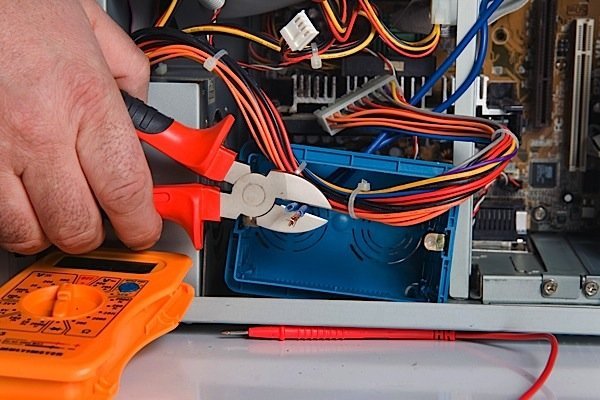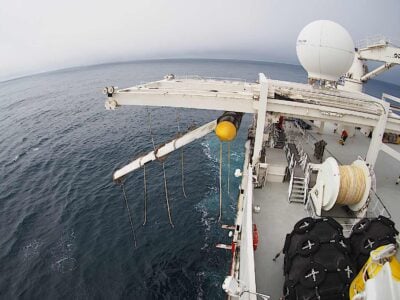Ontario’s somewhat controversial College of Trades was only established in 2013, but by 2014 the government realized it had to do something to make the College more open and transparent, and more acceptable to the trades in Ontario. The Minister of Training, Colleges and Universities asked Tony Dean, a former Secretary of Cabinet, to investigate and produce a report. That report is now complete and today the minister issued a statement accepting the thirty-one recommendations contained in it.
Several of those recommendations relate to the way the various trades are defined for purposes of training and classification. The Scopes of Practice (SoP), as they are called, define 156 different trades, though some of them are no longer “operable.” In many cases, there is overlap between one or more of the defined trades. An open, comprehensive review of the SoPs should be undertaken, Dean recommends. The review should be industry driven and should resolve issues of overlapping practice.
Another important issue Dean examined is the classification of compulsory and voluntary trades, an area that has been “episodic, contentious and mostly opaque” for many years. Indeed, many of the criteria used to define compulsory trades date back decades. Compulsory trades are those for which the tradesperson must have a certain level of education and certification, such as electricians and plumbers. Ontario currently has twenty-two compulsory trades, while Saskatchewan has just five. British Columbia is moving towards abolishing compulsory trades altogether.
According to Dean, the risk of harm is the issue he heard most about in his consultations about compulsory classification. Every group and individual he heard from said that the safety of both the tradesperson and the public should be paramount in determining whether a trade is classified as compulsory. This speaks to the issue of enforcement, which Dean agrees is a critical function of the College. The College is right to prevent unlicensed workers from practising compulsory trades, especially in high-risk activities. He recommends a policy-based approach to enforcement, with a compliance and enforcement committee set up to inform this policy.

Perhaps even more contentious is the issue of the journeyperson-to-apprentice ratio. This is a formula that determines how many apprentices can be hired by a company, based on how many journeypersons the company has. Those who favour the use of a ratio see it as helping to ensure that there are enough journeypersons on board to provide effective, safe training for the apprentices and ensure that the quality of work is not diminished. Those against the ratio system see it as an artificial barrier to hiring, especially for smaller companies.
The Dean Report recommends that the College should review the ratio system and consider establishing new criteria, including the potential for risk of harm, and the impact that changes would have on training and the performance of the trade.
In his consultations with various stakeholders, Dean found that there was widespread dissatisfaction with the way the College communicates with its members. Many, including some who support the College, believe it does not do enough to communicate the advantages of its mandate and the work it does for members. There are currently 237,000 active members in the Ontario College of Trades.


































